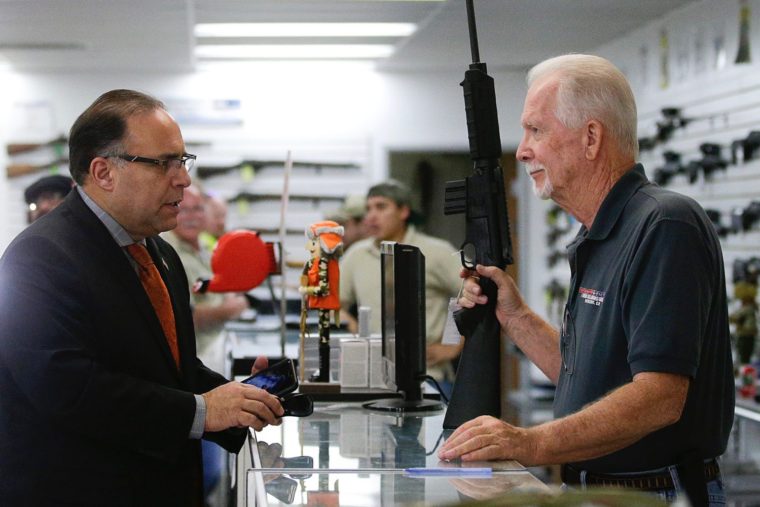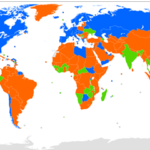For advocates of stricter gun laws, a sweeping package of new legislation signed by California’s governor in July 2016 — and a similar set of measures approved by the state’s voters in a referendum four months later — served as rare bright spots in a year that they would otherwise rather forget.
The new restrictions included an expanded version of the state’s assault weapons ban, designed to close a loophole that had been exploited just months earlier by ISIS-inspired gunmen; a prohibition on owning high-capacity magazines; and a requirement for background checks on sales of ammunition. California’s beefed-up laws came as many other states, including Missouri, Mississippi, and Tennessee, moved in the opposite direction, loosening restrictions on who can legally carry weapons, and where they can carry them.
But implementing several of California’s most significant new laws has proved surprisingly difficult, raising questions about the state’s process for rolling out what would be among the most stringent firearm restrictions in the United States — and highlighting the legal and practical obstacles that come when a state seeks to impose rules that affect large numbers of gun owners.
by Michael McLaughlin



